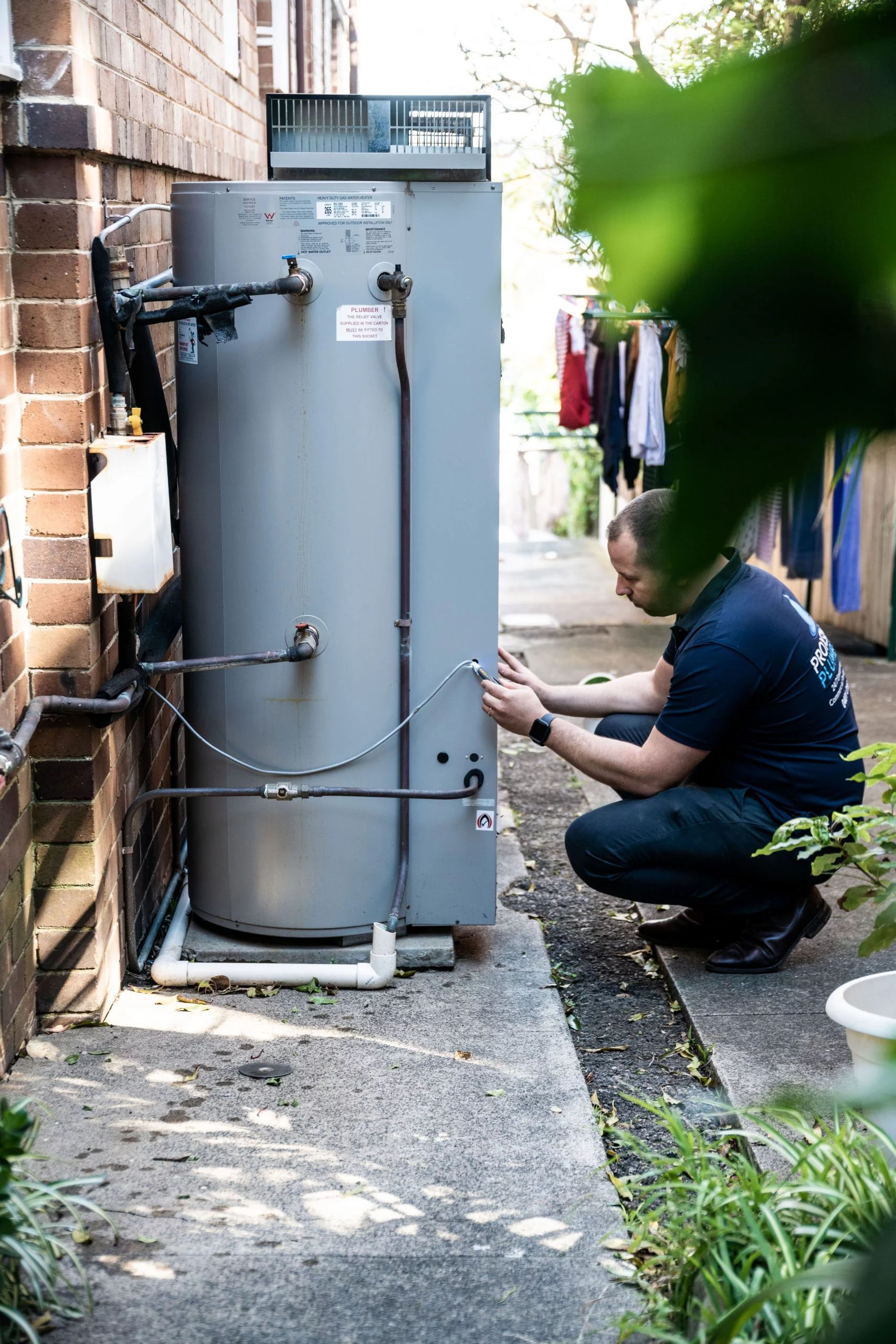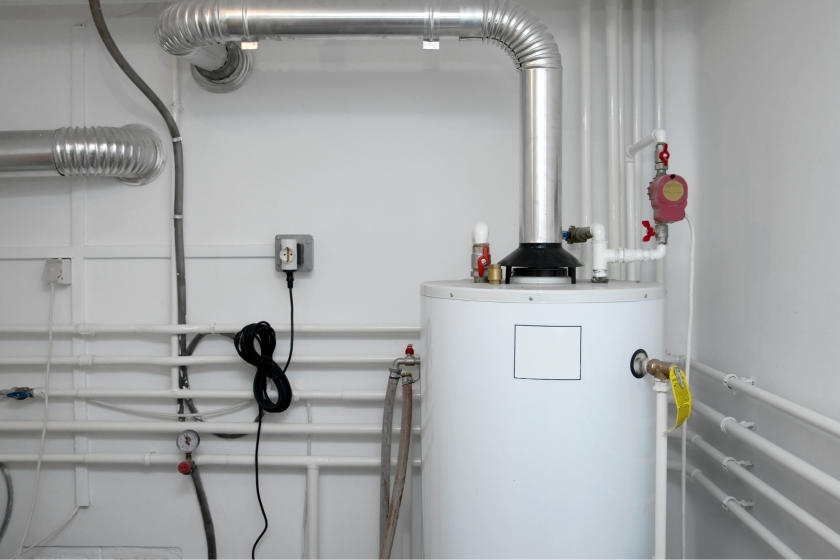Best Ways to Maintain Your Home's Hot Water System Effectively
Best Ways to Maintain Your Home's Hot Water System Effectively
Blog Article
We have uncovered the article pertaining to Tips on Maintaining a Water Heater below on the net and reckoned it made sense to quickly share it with you over here.

Hot water is crucial for daily convenience, whether it's for a refreshing shower or cleaning meals. To ensure your warm water system runs successfully and lasts longer, normal maintenance is vital. This short article gives useful tips and insights on how to preserve your home's warm water system to avoid interruptions and costly repair work.
Introduction
Preserving your home's warm water system might appear daunting, but with a couple of simple steps, you can guarantee it runs smoothly for several years ahead. This guide covers whatever from comprehending your warm water system to DIY maintenance ideas and recognizing when to hire specialist aid.
Significance of Preserving Your Warm Water System
Regular maintenance not only prolongs the life-span of your warm water system but likewise ensures it runs successfully. Neglecting maintenance can cause lowered efficiency, greater power bills, and also early failure of the system.
Indications Your Hot Water System Requirements Upkeep
Recognizing when your warm water system needs attention can avoid significant issues. Watch out for indications such as irregular water temperature level, weird sounds from the heater, or rusty water.
Understanding Your Hot Water System
Before diving into maintenance tasks, it's valuable to understand the fundamental elements of your hot water system. Normally, this includes the water heater itself, pipes, anode rods, and temperature controls.
Regular Monthly Upkeep Tasks
Routine regular monthly checks can aid capture small issues before they escalate.
Flushing the Water Heater
Flushing your water heater removes sediment buildup, improving efficiency and lengthening its life.
Monitoring and Changing Anode Rods
Anode poles protect against deterioration inside the container. Examining and replacing them when worn out is crucial.
Inspecting and Adjusting Temperature Level Setups
Readjusting the temperature level settings guarantees optimal efficiency and safety and security.
DIY Tips for Maintenance
You can execute numerous upkeep jobs yourself to maintain your hot water system in top condition.
Looking for Leakages
On a regular basis check pipes and connections for leakages, as these can bring about water damages and higher bills.
Examining Pressure Relief Valves
Testing the pressure relief valve guarantees it functions appropriately and protects against extreme pressure buildup.
Insulating Pipes
Insulating warm water pipelines lowers warmth loss and can conserve energy.
When to Call an Expert
While DIY upkeep is useful, some issues call for expert competence.
Facility Problems Requiring Specialist Assistance
Examples consist of major leakages, electric problems, or if your hot water heater is regularly underperforming.
Routine Specialist Upkeep Perks
Professional upkeep can consist of detailed inspections, tune-ups, and making certain conformity with safety criteria.
Conclusion
Normal maintenance of your home's hot water system is essential for effectiveness, longevity, and price savings. By following these ideas and understanding when to seek specialist assistance, you can ensure a trusted supply of warm water without unexpected interruptions.
How to Maintain an Instant Hot Water Heater
Before tinkering with your hot water heater, make sure that it’s not powered on. You also have to turn off the main circuit breaker and shut off the main gas line to prevent accidents. Also turn off the water valves connected to your unit to prevent water from flowing into and out of the appliance. 2. When you’re done, you have to detach the purge valves’ caps. These look like the letter “T†and are situated on either side of the water valves. Doing so will release any pressure that has accumulated inside the valves while at the same time avoid hot water from shooting out and burning your skin. 3. When the purge valves’ caps are removed, you have to connect your hosing lines to the valves. Your unit should have come with three hoses but if it didn’t, you can purchase these things from any hardware or home repair shops. You can also get them from retail stores that sell water heating systems. Read the user’s manual and follow it to complete this task properly. When the hosing lines are connected, open the purge port’s valves. 4. You should never use harsh chemical cleaners or solutions when cleaning your unit. Make use of white vinegar instead. It should be undiluted and you’ll probably use about 2 gallons. 5. Now flush your water heater. This task should probably take about 40 minutes. We can’t give you specific directions for this because the procedure is carried out depending on the type, model and brand of your heater. With that being said, refer to the user’s manual. 6. When you’re done draining the unit, you have to turn off the purge port valves again. Remove the hosing lines that you earlier installed on each of the water valves. Put the valve caps (purge port) back in their respective places and be very careful so as not to damage the rubber discs that are found inside these caps. 7. Now that everything’s back in place, check your user’s manual again to find out how to reactivate your water heating system. 8. Once it is working, turn one of your hot water faucets on just to let air pass through the heater’s water supply pipes. Leave the tap on until water flows smoothly out of it. https://www.orrplumbing.com/blog/2014/september/how-to-maintain-an-instant-hot-water-heater/

I'm certainly very involved in Tips on Maintaining a Water Heater and I really hope you enjoyed my blog entry. Sharing is caring. Who knows, you might be helping someone out. Bless you for being here. Return soon.
Need Help? Hire Us Now! Report this page